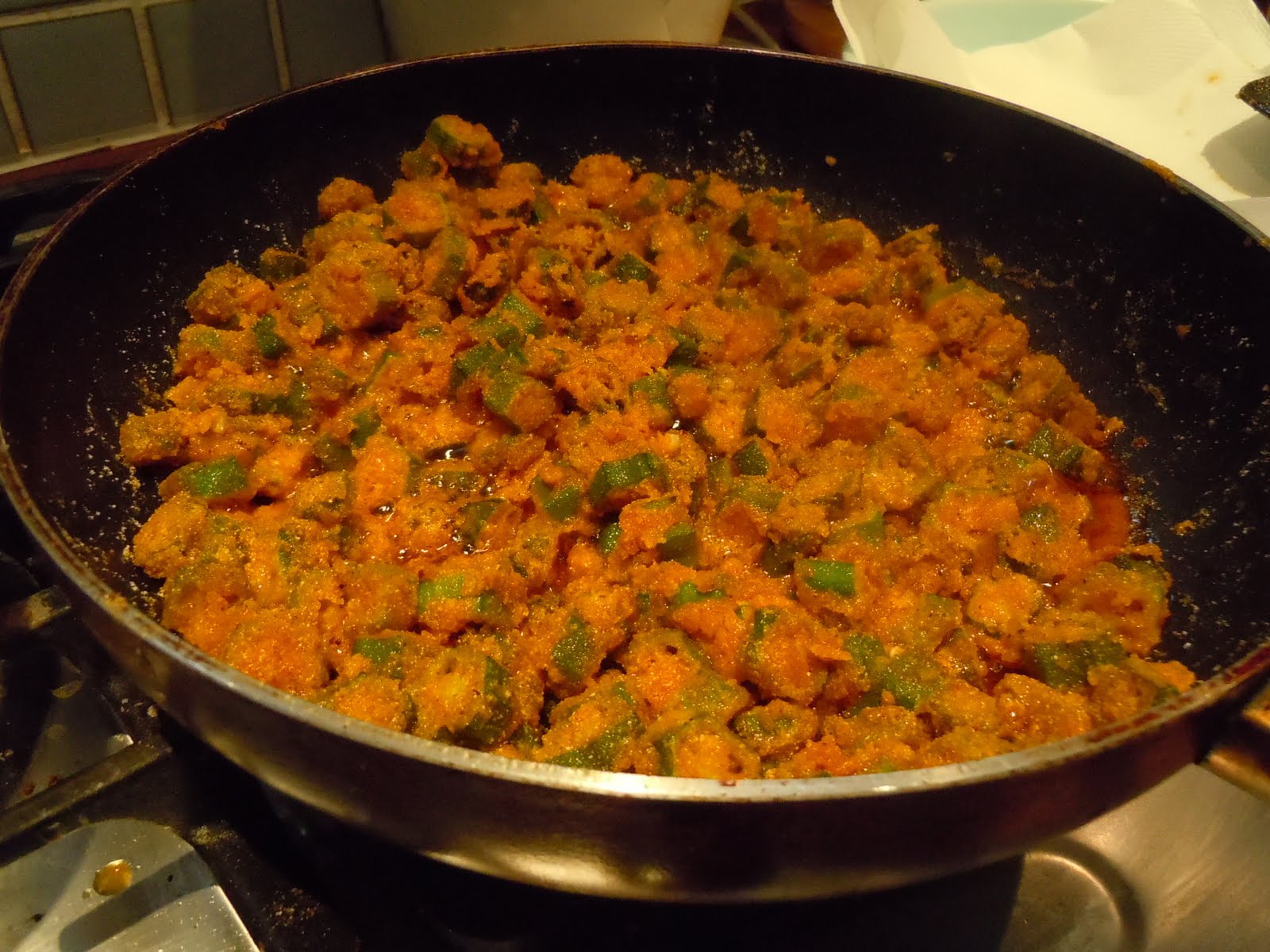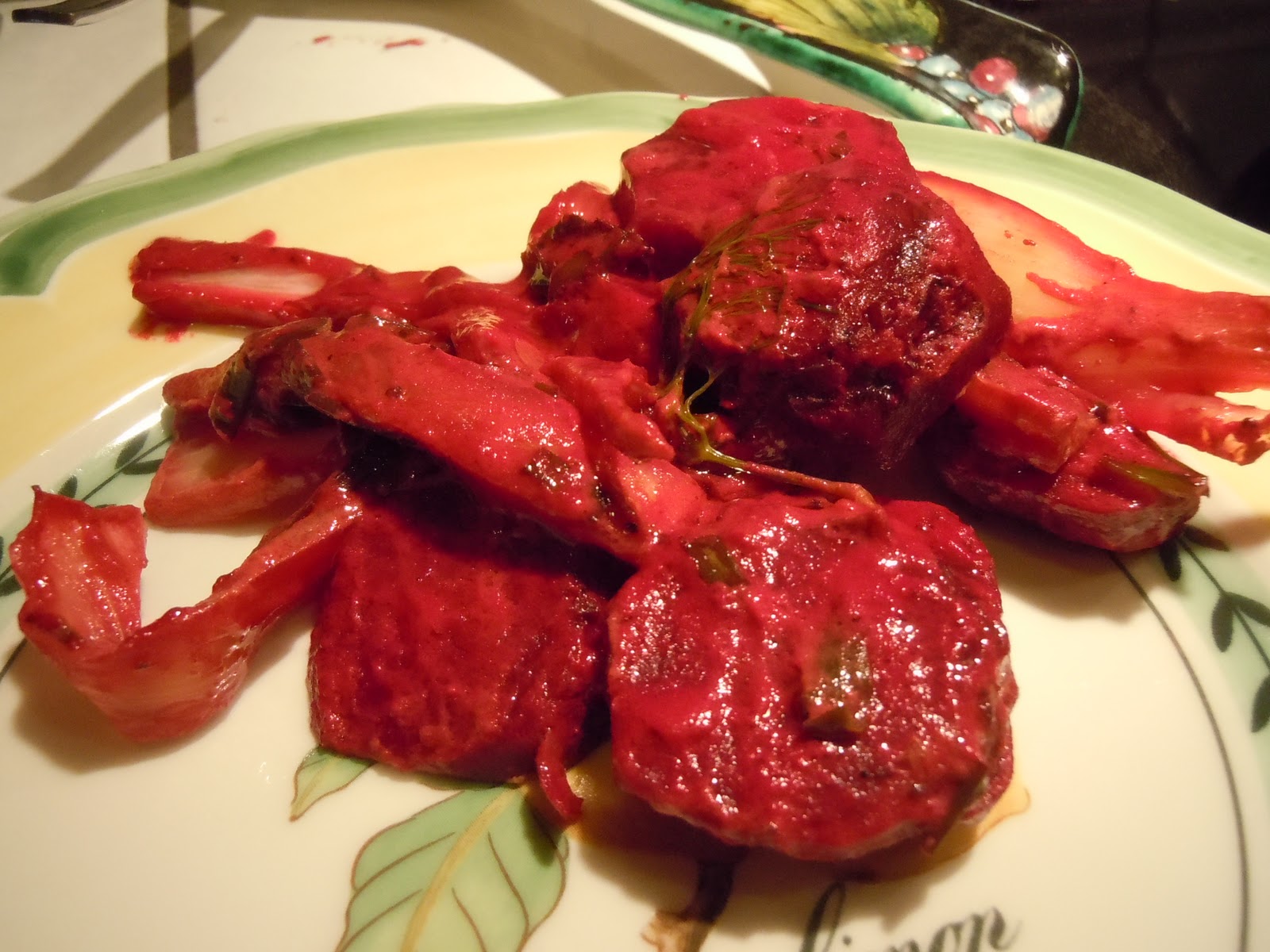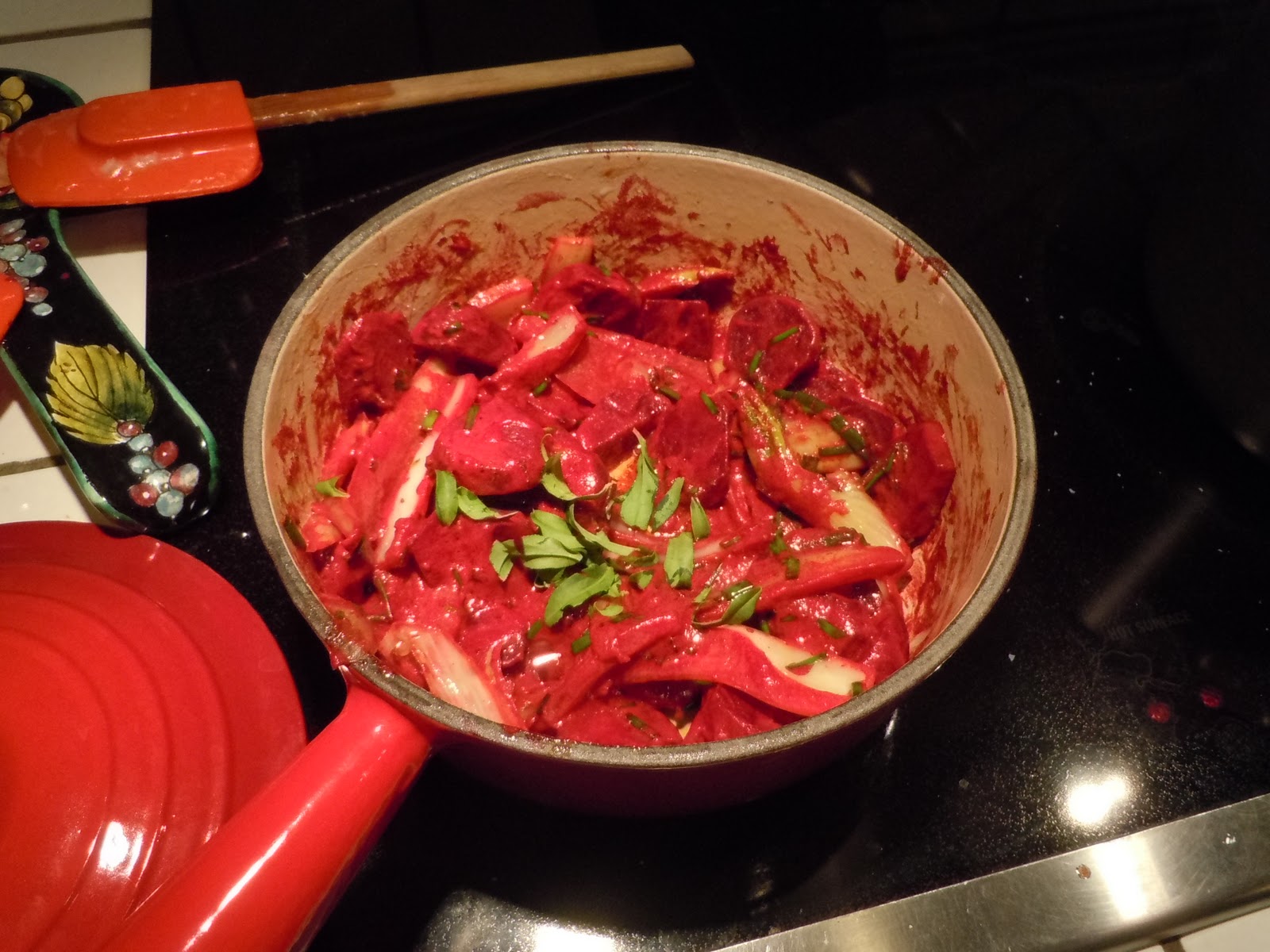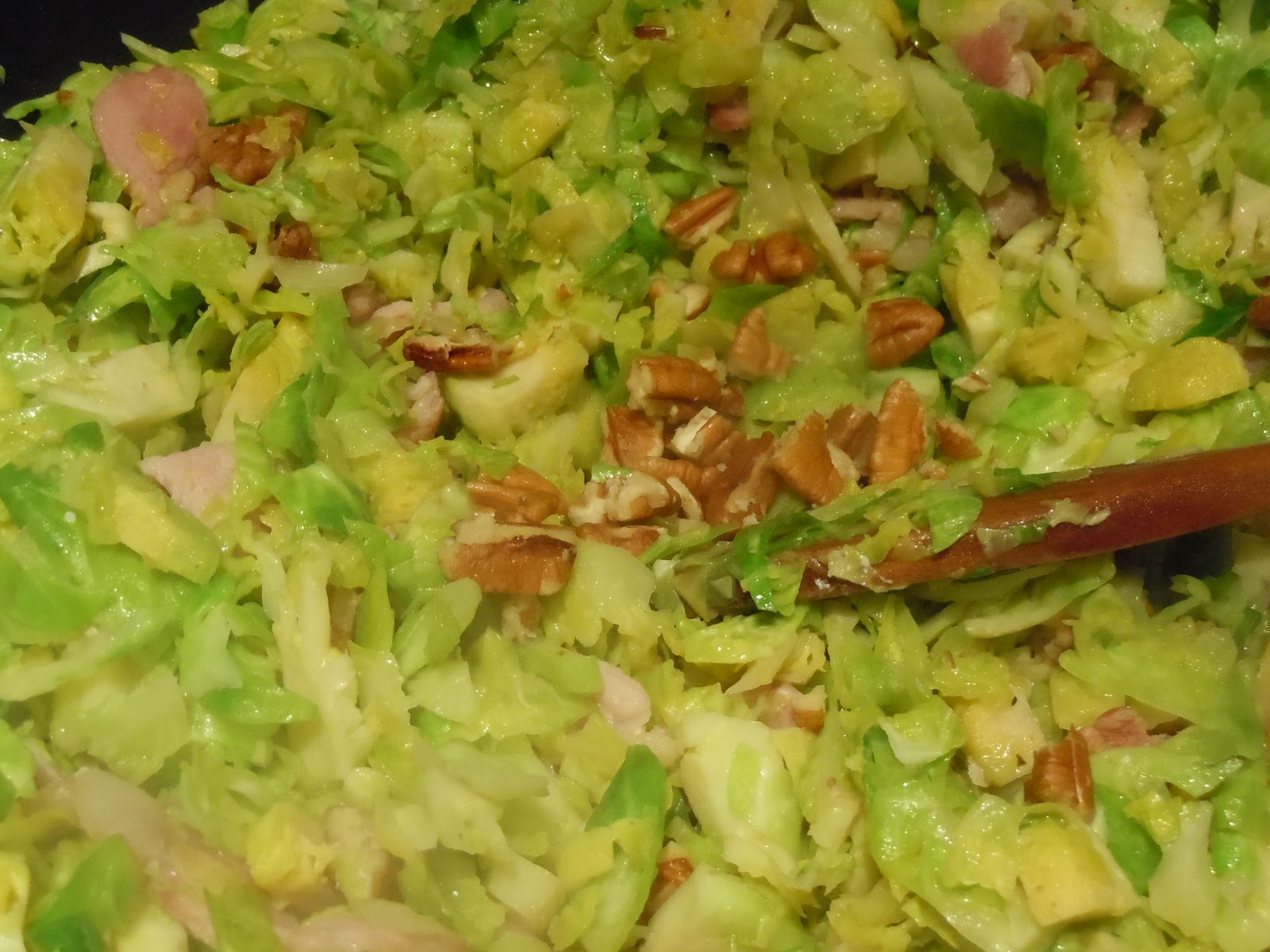Ingredients
 -A fair amount of okra (I would say about 3 handfuls was enough for 2-3)
-A fair amount of okra (I would say about 3 handfuls was enough for 2-3)
-A splash of milk or cream (I used cream, but honestly, you could even omit this)
-1/4 cup self-raising flour
-1/4 cup cornmeal (yellow or white, I use yellow)
-1 tsp paprika
-1 1/2 tsp cayenne pepper
-1 tsp achiote (if you have it, really any spice works)
-salt and pepper to taste
-Vegetable oil
Method
Mix your breading. Combine flour, cornmeal, and spices and season with salt and pepper.
Wash and slice your okra into small rounds, no more than a half an inch thick. Place slices in a large bowl.
At this point, heat the oil in your pan. You want to have enough oil so that it just barely covers the bottom of the pan (if you add too much, you may end up with soggy okra which would be a tragedy).
If using the milk/cream, add it now to the okra. Remember, just a splash! Mix the okra and cream well.
Now add the breading to the okra, again stir to combine and make sure each piece is coated.
Test the oil in your pan to see if it's ready. Throw a piece of okra in and if small bubbles emerge around it, you're good to go. You don't want to see a crazy rush of bubbles, otherwise your pan is too hot.
 |
| It may not look beautiful, but, trust me, it's delicious. |
Add the okra in a single layer to the pan and leave it alone. Really. Don't indulge the inclining to stir. Let it fry. (Otherwise, you'll lose the breading.)
After a few minutes, about 2-3, see if the bottom of the okra is turning golden-brown. If so, you are now ready to flip. Turn the okra over with a spatula and now let the other side fry up nicely.
When both sides are nicely golden brown, take it out of the oil and leave it to drain on paper towels. Serve hot and enjoy.






